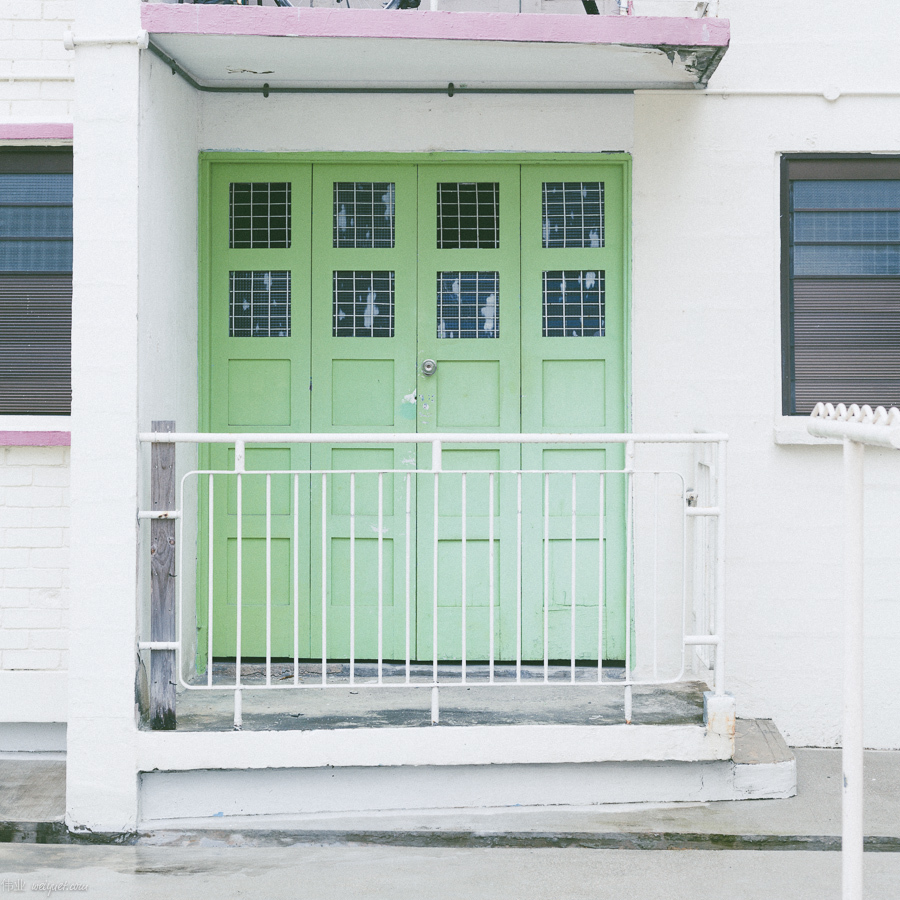There’s a neighbourhood in Singapore named after the Douglas DC-3 airplane, called Dakota Crescent. The estate is near Singapore's first civil airport, Kallang Airport. Kallang Airport opened in 1937, but closed in 1955 when the new Singapore International Airport at Paya Lebar was built. Later the international airport moved to its present location in Changi in 1981. Even though the airport has been closed for many years, its legacy remains. The estate was named after the DC-3 airplane to commemorate a crash at Kallang Airport on 29 June, 1946, during a storm with no survivors. The old runway, that was parallel to Mountbatten Road, is now called Old Airport Road. Perhaps the area was a little more lively when the airport was operating. Gone are those heady days. Today, it’s an aging housing estate that holds some old charms and memories in Singapore - old communal badminton courts, sand pit playgrounds, and traditional provision shops. Although the area is still popular because of good hawker food at the Old Airport Road Food Centre. In 2010, a new subway station called Dakota Station opened, increasing accessibility. Will this bring some life back into this sleepy estate?
*This post was updated after a reader (ccolin) pointed out some corrections. Thanks!
















































